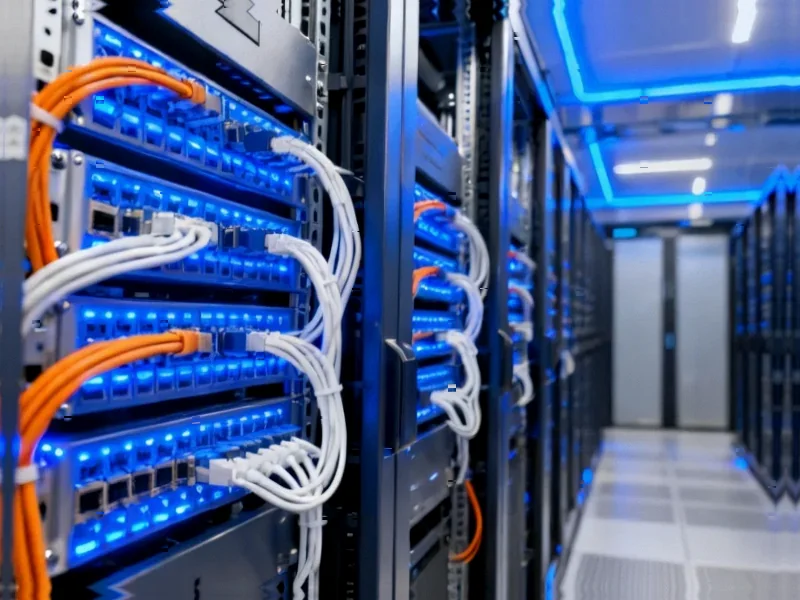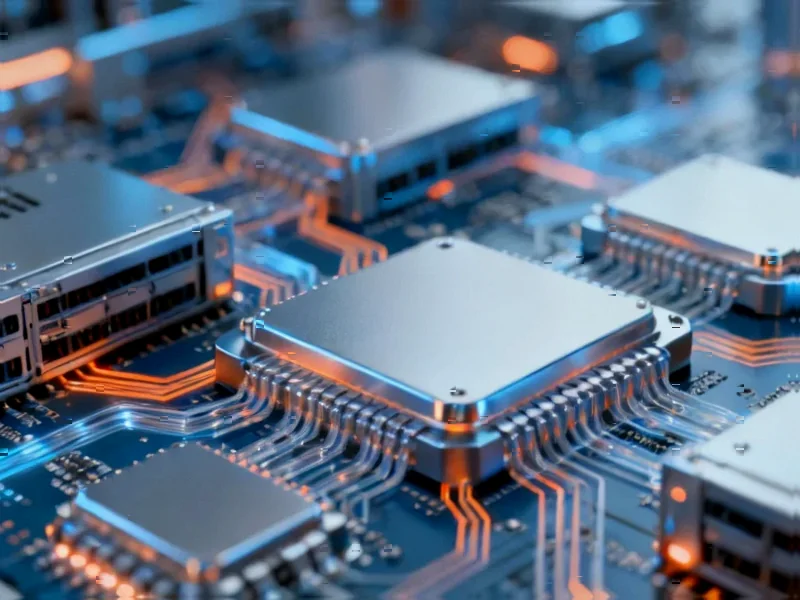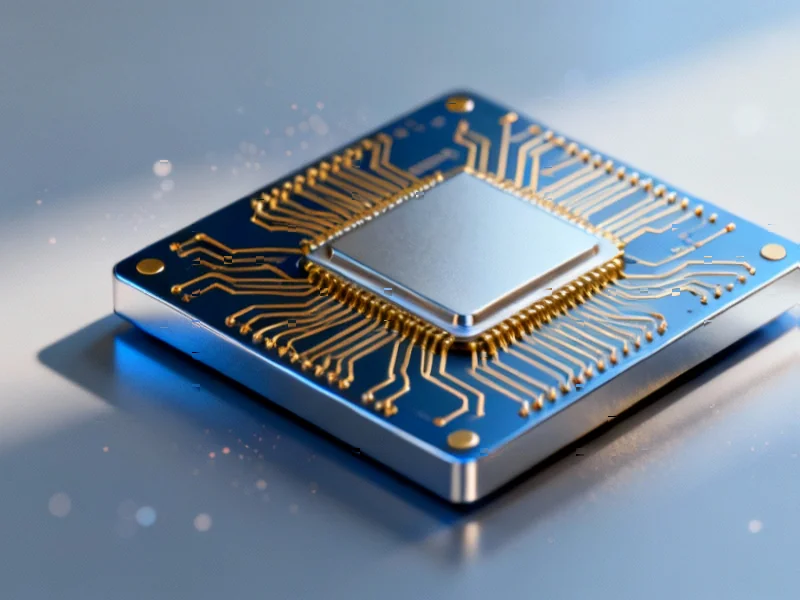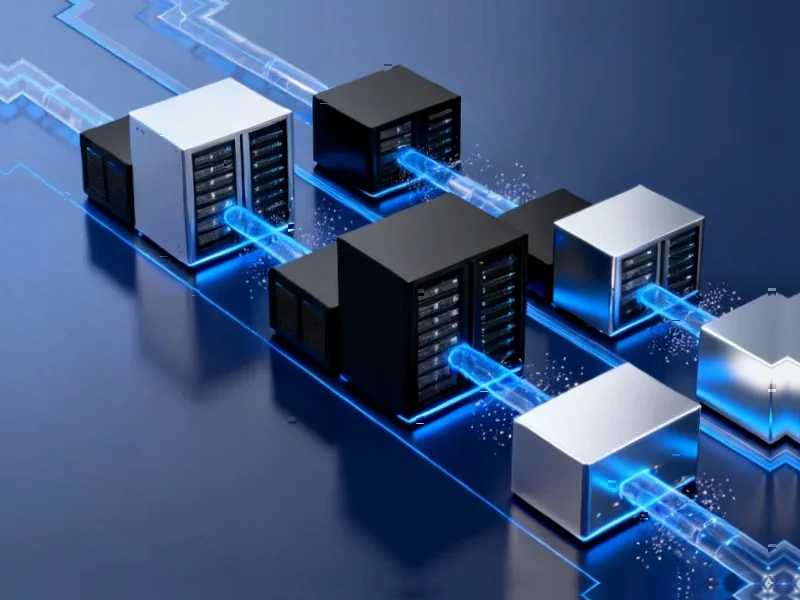According to XDA-Developers, network-attached storage creates a false sense of empowerment by mimicking cloud services while lacking their reliability, redundancy, and convenience. The analysis reveals that NAS devices shift risk from professional cloud providers to individual users who must act as their own system administrators, security teams, and disaster recovery planners. Unlike enterprise cloud services with global data centers and automatic backups, NAS devices depend on home networks and user maintenance, creating multiple points of failure. The article emphasizes that while NAS offers control over data, it sacrifices the convenience and peace of mind that cloud services provide as part of their subscription packages.
Table of Contents
The Fundamental Architecture Difference
What many NAS users fail to understand is the fundamental architectural difference between network-attached storage and true cloud computing. A NAS is essentially a specialized server with limited scalability, whereas cloud infrastructure employs distributed systems across multiple geographic locations. This distinction matters because true cloud services can survive hardware failures, natural disasters, and network outages through automatic failover mechanisms that no single NAS device can replicate. The redundancy in enterprise cloud environments operates at a scale that individual users simply cannot afford or maintain.
The Real Cost Calculation
When evaluating NAS versus cloud storage, most people focus on the obvious hardware purchase price compared to monthly subscription fees. However, the true total cost of ownership for NAS includes numerous hidden expenses that dramatically change the financial equation. Beyond the initial hardware investment, users face ongoing costs for electricity (NAS devices run 24/7), hardware upgrades, drive replacements every 3-5 years, uninterruptible power supplies, and most significantly – the time investment for maintenance and troubleshooting. When you factor in the hours spent configuring, updating, monitoring, and repairing the system, the apparent cost savings often disappear entirely.
The Security Responsibility Shift
One of the most underestimated aspects of NAS ownership is the complete shift in security responsibility from professional teams to individual users. Cloud providers employ dedicated security experts who monitor threats 24/7, implement patches automatically, and maintain sophisticated intrusion detection systems. With a NAS, you become the security team, responsible for configuring firewalls, managing access controls, applying security patches, and protecting against ransomware attacks. Many home users lack the expertise to properly secure their personal cloud environments, creating vulnerable entry points into their entire home network.
The Redundancy Reality Check
While many NAS devices offer RAID configurations for data redundancy, this protection is often misunderstood. RAID protects against single drive failures but provides no protection against theft, fire, flooding, ransomware, or user error. True enterprise cloud services maintain multiple copies across geographically dispersed data centers with versioning and point-in-time recovery capabilities. The average NAS user who believes their two-drive RAID 1 configuration provides adequate protection is often one disaster away from catastrophic data loss.
The Smart Hybrid Approach
The most effective strategy for most users isn’t choosing between NAS and cloud, but implementing a hybrid approach that leverages the strengths of both. Critical active files might live on both NAS and cloud storage for accessibility, while archival data could remain primarily on NAS with cloud backup. Sensitive documents might stay exclusively on NAS, while collaborative projects utilize cloud services. This balanced approach acknowledges that NAS excels at local performance and data control, while cloud services provide unmatched accessibility, collaboration features, and disaster recovery protection. The key is understanding that these are complementary technologies, not direct replacements.



